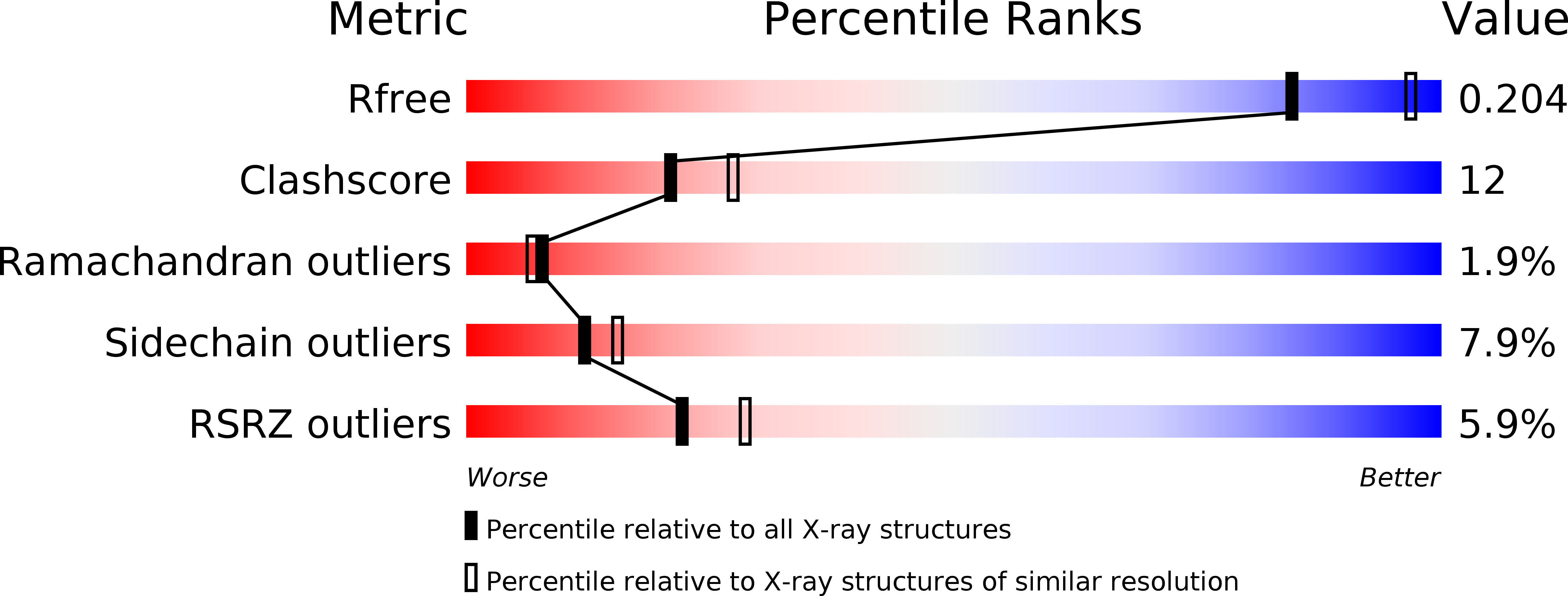
Deposition Date
2008-01-14
Release Date
2008-03-25
Last Version Date
2024-10-16
Entry Detail
PDB ID:
3BXI
Keywords:
Title:
Structure of the complex of bovine lactoperoxidase with its catalyzed product hypothiocyanate ion at 2.3A resolution
Biological Source:
Source Organism:
Bos taurus (Taxon ID: 9913)
Method Details:
Experimental Method:
Resolution:
2.30 Å
R-Value Free:
0.21
R-Value Work:
0.16
R-Value Observed:
0.17
Space Group:
P 1 21 1


